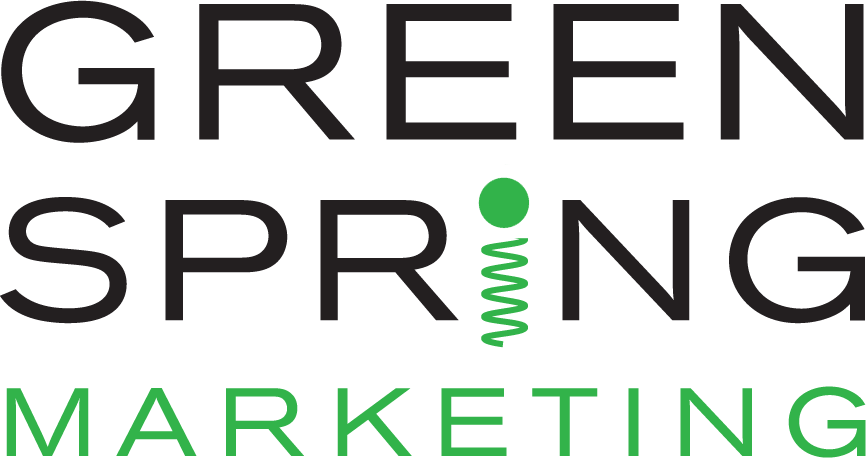Marketing is about bringing potential customers to your products and services to achieve business goals and objectives. However, thanks to the prevalence of the internet in today’s business world, marketing also includes the chance for businesses to use inbound lead generation. Through this approach to finding potential customers, businesses find that their marketing efforts can be more streamlined and effective in getting potential customers to convert to actual customers.
What is Inbound Lead Generation?
Inbound lead generation is a way to convert strangers to leads (potential customers) by drawing them to your website, such as through an offer that provides you with their information. Once you have their information, such as an email address, you can reach out to the leads with relevant information that will convert the lead to a customer. Unlike traditional lead generation, inbound lead generation is prompted by the actions of the potential customer, which suggest an initial interest in your products or services.
The Process of Converting Someone to a Lead
The process of generating inbound leads depends heavily on the components available online. The steps are as follows:
- Someone clicks an ad, social media link, or other call to action (CTA) online.
- The click takes the individual to a landing page related to the CTA, which typically advertises an offer (downloadable report, infographic, etc.).
- The individual fills out an online form (name, email, phone number) to get the offer.
- The contact information is added to the company’s database, making the individual a lead for the business.
- The Benefits of Inbound Lead Generation
There are many advantages of inbound lead generation. One particular benefit is the ROI (return on investment) that occurs because of the structure of its process. After the development of the components, the organization does not have to take further action until the lead is generated, which is often automated through the website. As a result, inbound lead generation doesn’t require sales staff to be on the phone trying to convince potential customers to ask for more information or provide their contact details. Instead, sales staff can focus on more personalized contact after someone has expressed interest in the organization. That makes lead generation and conversion more effective for the business.
Whether a business is looking to build a larger customer base or use marketing efforts more effectively, inbound lead generation is a good way to find potential customers to reach out to with marketing campaigns. By building an effective inbound lead generation process, a company can maximize its ROI and get a higher conversion rate for their sales team, which will help everyone in the company to be more successful.
